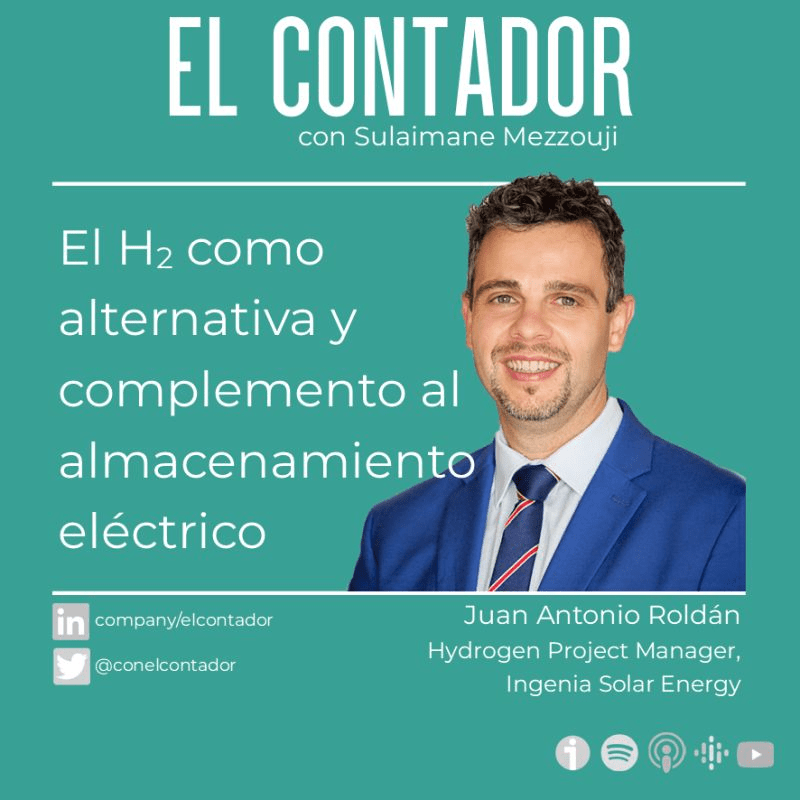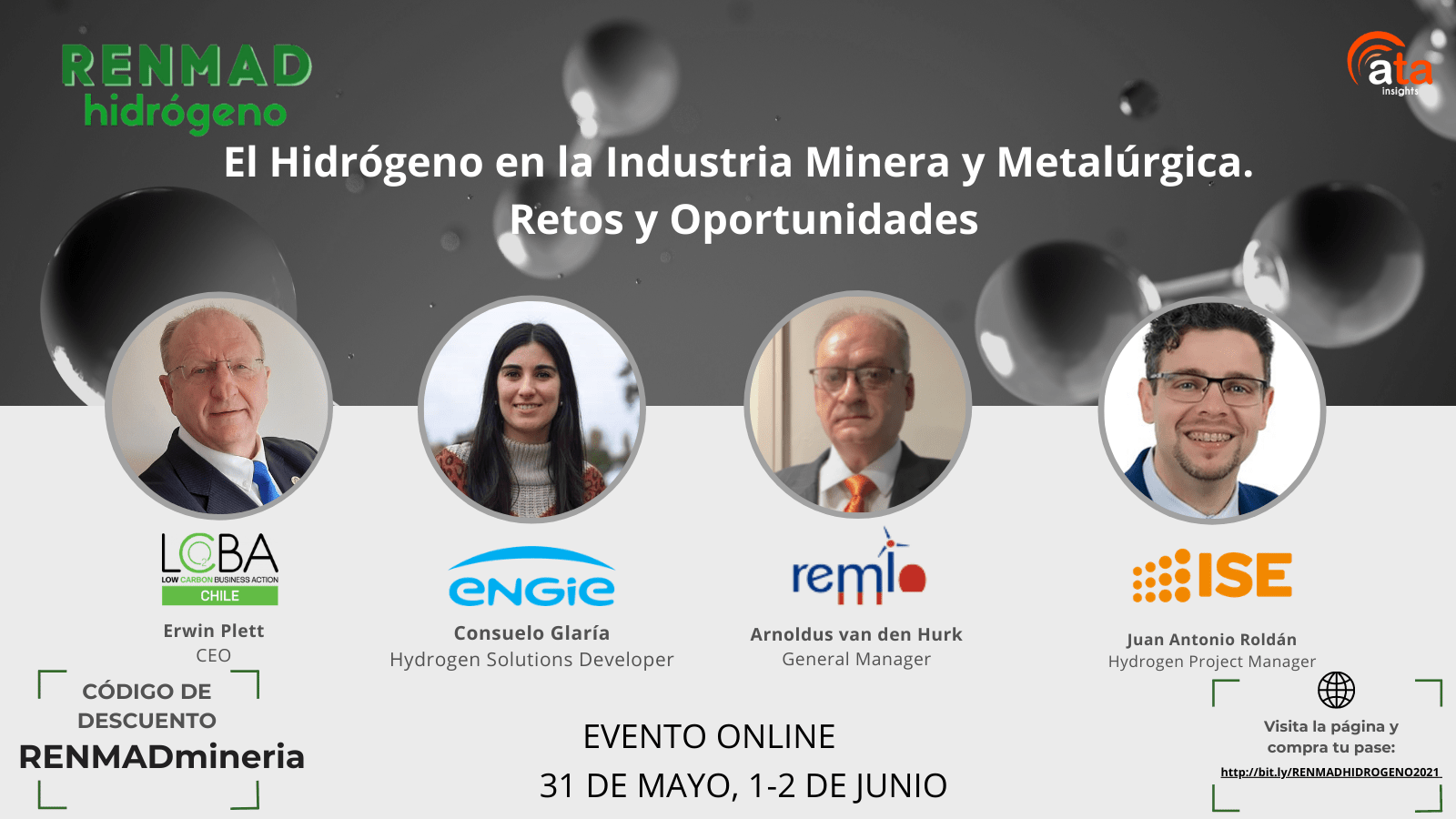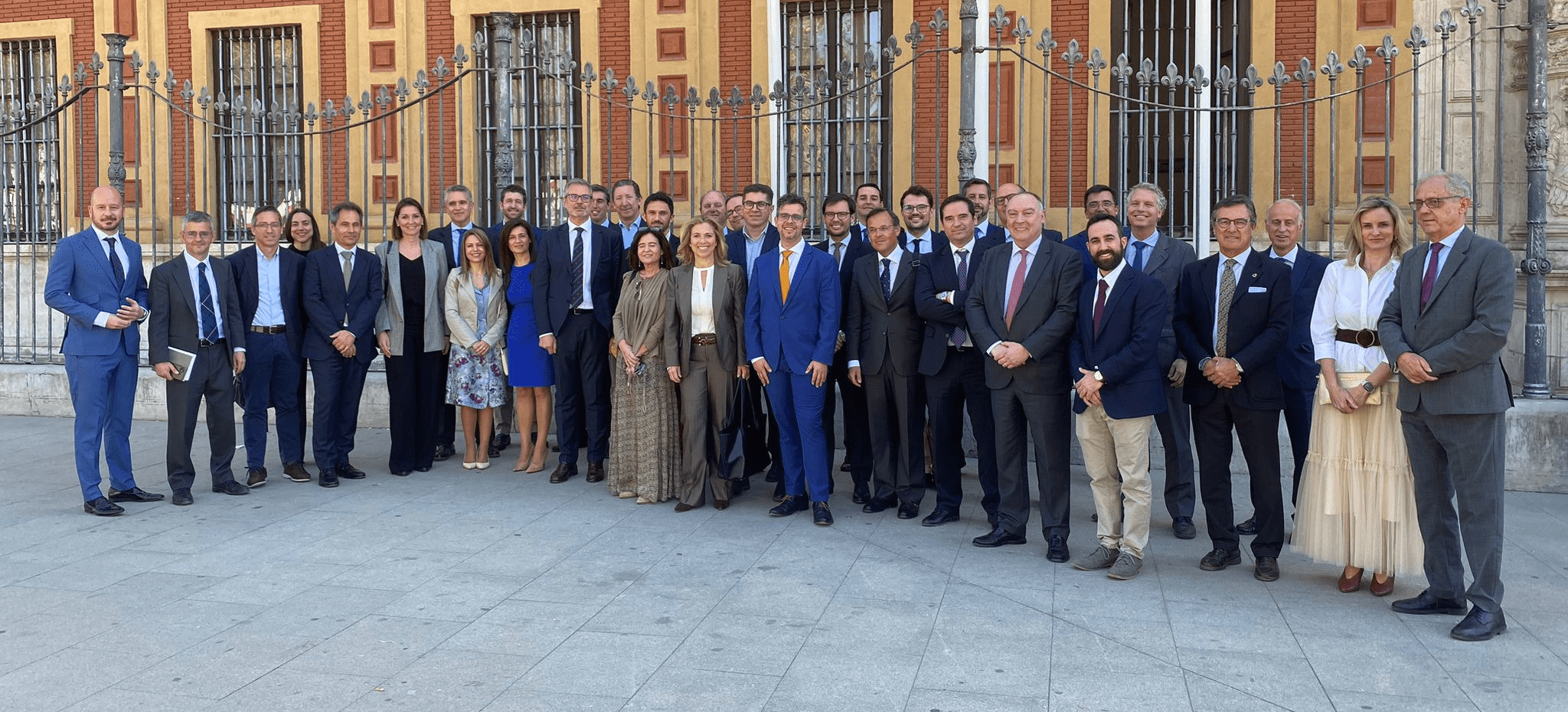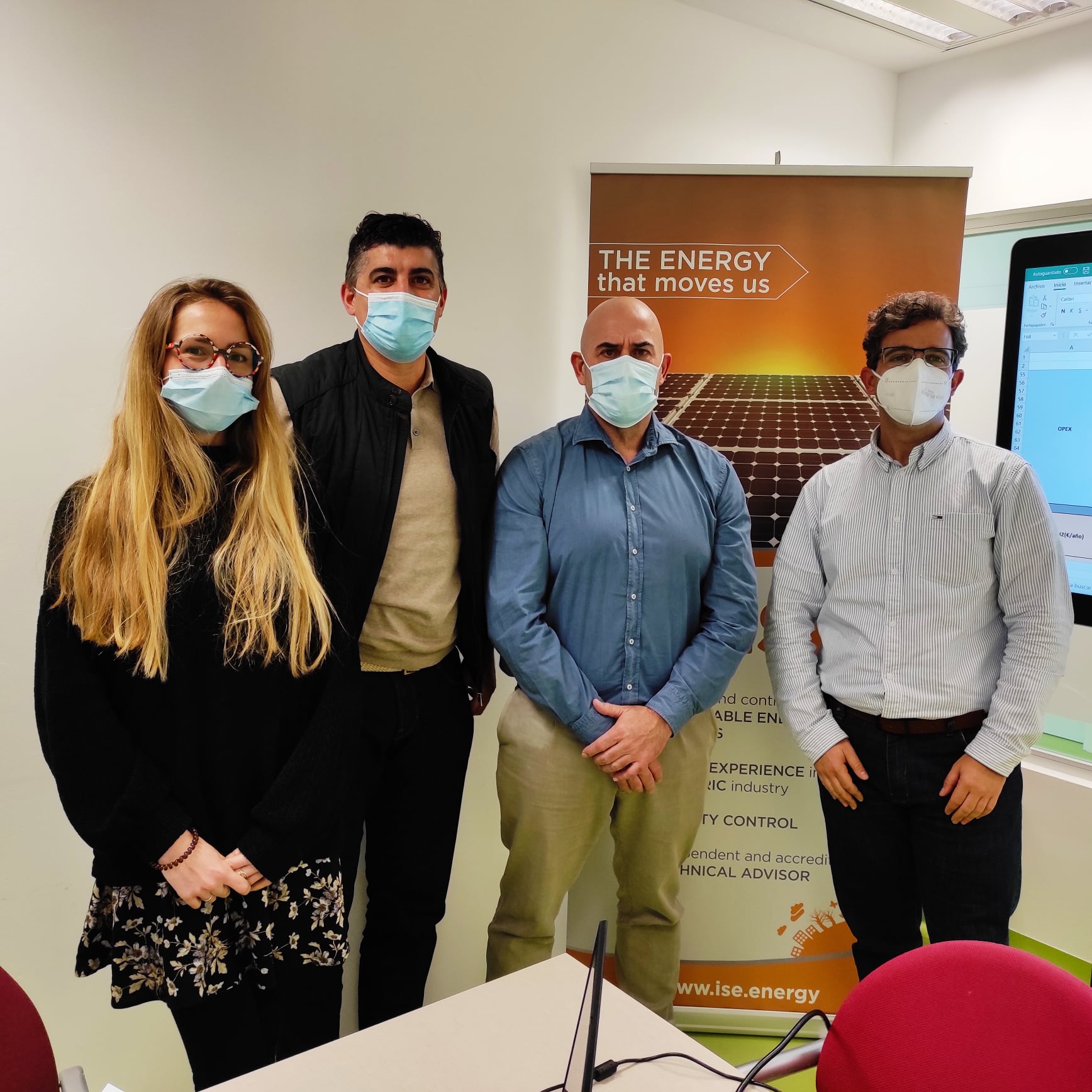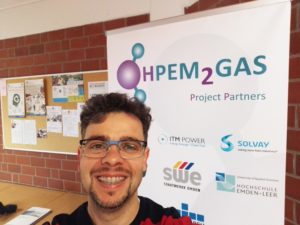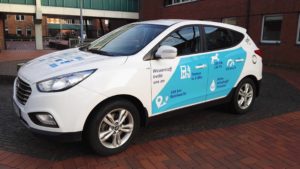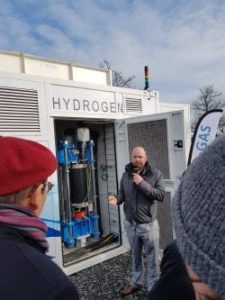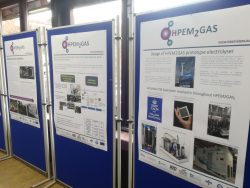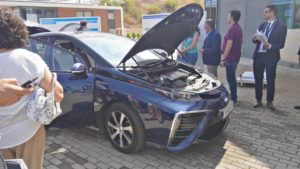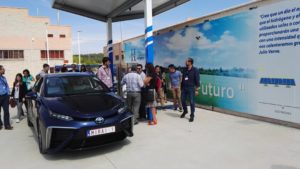And after Hydrogen Day, what’s next?
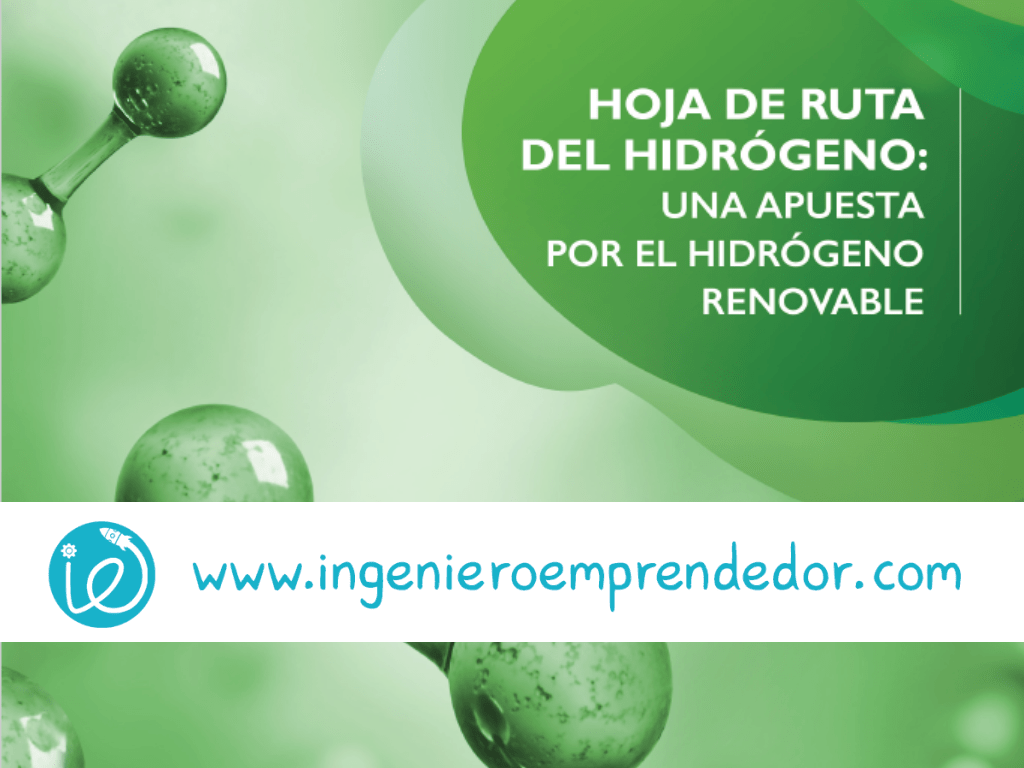
🔍 It’s time to update our hydrogen roadmap in Spain.
🔄 Let’s start with part 1/5: Has the European context changed?
Renewable hydrogen is revolutionising our quest for a carbon neutral economy, with applications in various sectors. Stay tuned!
👇Document: https://lnkd.in/dAyM6nXJ
Our commitment to renewable hydrogen fits perfectly with the EU’s vision of a sustainable future. We are working on the creation of “hydrogen valleys” to concentrate production, transformation and consumption, taking advantage of economies of scale. This will accelerate the deployment of projects linked to industry and mobility.
The European context drives the development of renewable hydrogen, with aligned policies and objectives. Directive 2018/2001 promotes its use and the Hydrogen Initiative highlights its potential for decarbonisation and European competitiveness. The European Green Pact foresees strategies and funding for the renewable hydrogen value chain.
The European Hydrogen Strategy is central to reducing emissions and achieving carbon neutrality by 2050, and addresses investment, regulation, market leadership, R&D, infrastructure and international cooperation. Hydrogen development in Europe will be gradual and diverse, adapting to different sectors and regions, requiring a variety of policies.
The Changing European Context and Its Impact on the Hydrogen Sector
Introduction
Europe has witnessed a significant shift in its energy landscape over the past few years, driven by a growing commitment to decarbonization. In this article, we’ll delve into the profound changes in the European context and explore how these transformations are shaping the hydrogen sector. Discover how Europe’s policies, actions, and strategies are propelling the development and utilization of hydrogen as a clean energy source.
1. Alignment with European Policies and Objectives
The European Union has made it abundantly clear that its policies and objectives are closely aligned with actions aimed at achieving carbon neutrality. The inclusion of renewable hydrogen in the Directive 2018/2001 is a standout action, emphasizing the EU’s commitment to clean energy.
Technical Insights: The production of renewable hydrogen, often referred to as green hydrogen, is pivotal for achieving carbon neutrality.
2. The Hydrogen Initiative: A Decisive Step
The Hydrogen Initiative, launched in Linz in 2018, has been a milestone. It involves a declaration signed by EU member states, the European Commission, and other countries and organizations. This initiative underscores the importance of sustainable hydrogen technologies in decarbonizing various sectors of the economy, ensuring long-term supply security, and enhancing European economic competitiveness.
Technical Insights: Initiatives like these have led to the installation of electrolyzers and the production of hydrogen, particularly in the chemical sector, as a means to decarbonize existing hydrogen production. The hydrogen is being adopted in new end-use applications, including industrial processes and heavy-duty transportation.
3. The European Green Deal and Hydrogen
The European Green Deal encompasses various strategies and financing mechanisms to promote the development of the renewable hydrogen value chain. Within this framework, the European Hydrogen Strategy aims to provide guidance for the role of clean hydrogen in efficiently reducing emissions across the EU.
Technical Insights: The European Hydrogen Strategy addresses critical areas such as investments, regulatory frameworks, market leadership, R&D in technologies and markets, infrastructure networks, and collaboration with third countries.
4. The Crucial Role of Hydrogen
The European Hydrogen Strategy establishes hydrogen as a crucial element in the EU’s commitment to achieving carbon neutrality by 2050 and supporting global efforts to implement the Paris Agreement. It recognizes that the hydrogen ecosystem in Europe will likely evolve gradually, at varying speeds across sectors and regions, necessitating multiple policy solutions.
5. Milestones Set by the European Hydrogen Strategy
To advance renewable hydrogen technologies, the European Hydrogen Strategy outlines three temporal horizons (2024, 2030, and 2050) with a sequence of milestones to achieve:
First Phase (2020-2024): The installation of at least 6 GW of electrolyzers in the EU and the production of up to 1 million tons of renewable hydrogen to decarbonize existing hydrogen production, particularly in the chemical sector. This phase also aims to facilitate the consumption of renewable hydrogen in new end-use applications.
Second Phase (2025-2030): The objective is to make hydrogen an intrinsic part of an integrated energy system, with at least 40 GW of electrolyzers by 2030 and the production of up to 10 million tons of renewable hydrogen in the EU. During this phase, renewable hydrogen is expected to gradually become competitive in price with other forms of hydrogen production, while being integrated into various industrial applications and transportation modes.
Third Phase (2030-2050): Technologies related to renewable hydrogen are to reach maturity and be deployed at a large scale. In this phase, renewable hydrogen will penetrate a broader range of hard-to-decarbonize sectors, including aviation, maritime transport, heavy industry, and building sectors.
Conclusion
The evolving European context has witnessed a remarkable shift towards decarbonization and sustainable energy sources. The hydrogen sector is emerging as a central player in this transition, with increasing investments and supportive policies. Europe’s commitment to renewable hydrogen is set to transform the energy landscape, making it a pivotal contributor to the EU’s carbon neutrality goals and the global fight against climate change.
hydrogen #Spain #Europe
And after Hydrogen Day, what’s next?
🔍 It’s time to update our hydrogen roadmap in Spain.
🔄 Let’s start with part 2/5: Has the context changed in Spain?
Renewable hydrogen is revolutionising our quest for a carbon-neutral economy, with applications in various sectors. Stay tuned!
👇Document: https://lnkd.in/dAyM6nXJ
🌐 At national level, the National Integrated Energy and Climate Plan 2021-2030 (PNIEC) aims to promote renewable gases, including #biogas, #biomethane and #renewable #hydrogen. This is in line with measure 1.8 of the PNIEC, which promotes the penetration of these gases, and aligns with the transition towards a more sustainable economy.
📜 In addition, the Climate Change and Energy Transition Bill, sent to Parliament in May 2020, also supports the development of renewable gases, including #biogas, #biomethane and #renewable #hydrogen.
🔋 In the field of mobility, the creation of hydrogen plants will be required to supply electric fuel cell buses with #hydrogen, and in the future, electric fuel cell trucks. To achieve this, it will be necessary to implement electrolysers to provide #hydrogen locally for refuelling stations.
🔌 The projections indicate three key phases for the development of renewable #hydrogen:
- First phase 2020-2025: Establish a solid foundation for hydrogen and electrolysis technology.
- Second phase 2025-2030: Boost production and reach at least 40 GW of electrolysers.
- Third phase 2030-2050: Deploy on a large scale and penetrate various sectors of the economy, including aviation, shipping and industry.
💪 The transition to #RenewableHydrogen is a fundamental step in the fight against climate change and the decarbonisation of sectors that are difficult to address in other ways.
🔗 For more details on this Roadmap and the role of #RenewableHydrogen in Spain’s future, read on: https://www.ingenieroemprendedor.com/blog/y-despues-del-dia-del-hidrogeno-que-sigue/
🔄 Let’s start with part 3/5: Has the value chain changed since 2020?
🔄 #HydrogenValueChain #HydrogenSpain2020
🔄 Hydrogen plays a key role as an energy vector, and its value chain has undergone changes since 2020. Based on the 2020 hydrogen roadmap for Spain, we highlight some general trends:
- Renewable (Green) Hydrogen: Increased focus on green hydrogen production from renewable electricity through water electrolysis, contributing to sustainability and emissions reduction.
- Blue Hydrogen: Increased application of carbon capture, use and storage (CCUS) techniques in the production of grey hydrogen, significantly reducing CO2 emissions during the process.
- Grey Hydrogen: Persistence of the predominant use of grey hydrogen, produced from natural gas or other light hydrocarbons, although a transition to more sustainable forms is expected.
- Other Types: Diversity of hydrogen forms with varying environmental impacts, such as black or brown hydrogen, whose feedstock includes coal or nuclear energy.
- Consumption and Production: Consumption in Spain is around 500,000 tonnes/year, mostly grey hydrogen, used in refineries and chemical manufacturing. On-site production is common through natural gas steam reforming facilities.
More information: https://lnkd.in/dAyM6nXJ
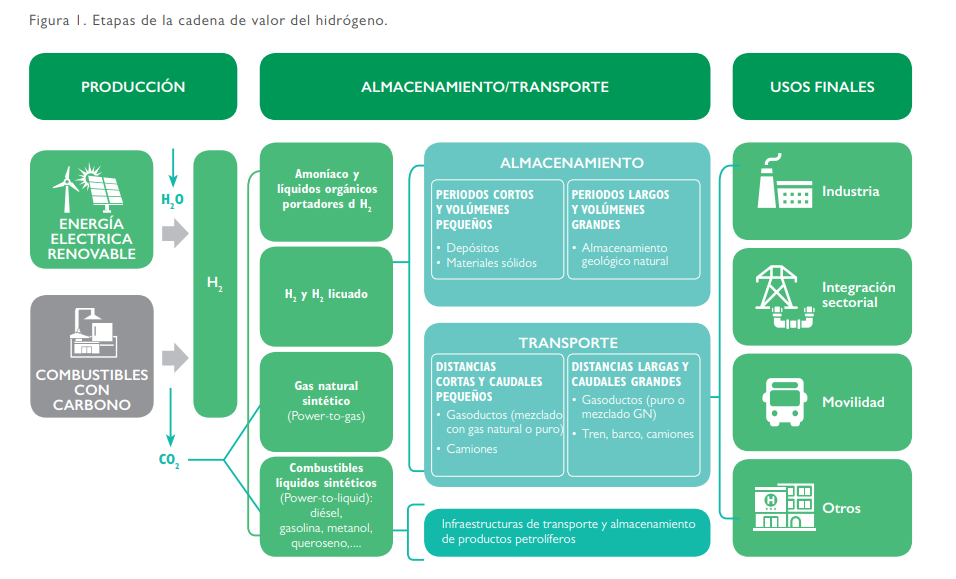
🚀 #roadmap #hydrogeninSpain 📈 #advances #regulation #sectoral #crosscutting #IDi
🔄 Let’s start with part 4/5: Do you want to know the progress on the hydrogen roadmap in Spain?
How much progress have we made on the action lines?
In the coming weeks it is going to be analysed:
- Regulatory Instruments: Explore progress on the regulations driving hydrogen development in Spain.
- Sectoral Instruments: Discover how specific instruments are being implemented in different sectors to promote the use of hydrogen.
- Transversal Instruments: Find out about the initiatives that cover different sectors and contribute in a comprehensive manner to the promotion of hydrogen.
- Boosting R&D&I: Find out about efforts to promote research, development and innovation in the field of hydrogen.
More details here: https://lnkd.in/dAyM6nXJ
